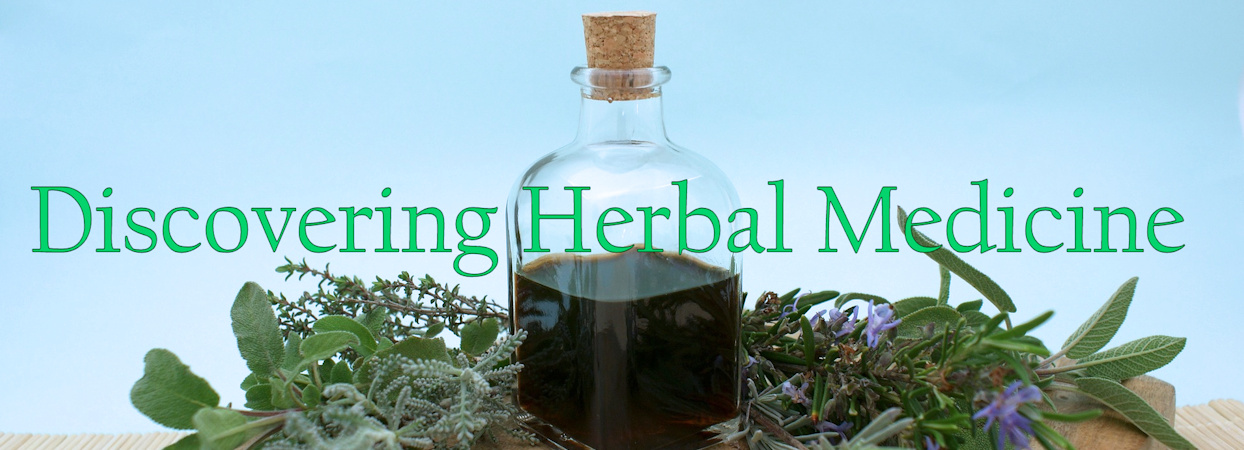 |
| Article:© Debs Cook Image Willfried Wende |
Whereas many herbs have a clear focus of use – such as thyme for coughs or chamomile for stomach problems, this therapeutic clarity is lacking for Yarrow and so its potential healing properties are often overlooked in favour of other herbs, even by herbal practitioners. Hence, Yarrow ends up only being used in teas for the management of viral-induced fevers. Although this is a wonderful feature of yarrow, it is by no means its only attributes and the broad range of its current and historical applications reflects the unusually-high number of physiologically-active compounds it contains. In first part of a 2-part article on Yarrow, the modern view of the herb is explored. Part 2 looks back at the history of its use.
Part 1 - Modern Use
Yarrow’s constituents include flavonoids such as apigenin, a constituent currently being studied as a potential treatment of neurological diseases in the adult brain. Other flavonoids include rutin, luteolin, quercetin and kaempferol. Alkaloids are also present, such as achilleine which has haemostatic properties. This gives yarrow its ability to staunch blood flow. The volatile oils in the herb are abundant, including azulene a blue pigment also found in German Chamomile and borneol, terpineol, cineol, eugenol, thujone, pinene, camphor, achillin and sabinene. Each compound has its own particular physiological properties. The herb also contains salicylic acid (a compound in the aspirin family) which accounts, at least partly, for Yarrow’s pain-killing properties and fever-managing effects. The herb also contains phytosterols, tannins and saponins as well as coumarins.
Yarrow’s physiological actions have been documented as analgesic, anti-diarrheal, anti-inflammatory, anti-scorbutic, antiseptic, anti-spasmodic, aromatic, astringent, carminative, cholagogue, de-obstruent, diaphoretic, digestive, emmenagogue, febrifuge, haemostatic, odontalgic, stimulant, sudorific, tonic, vasodilator and vulnerary properties. [If you are unsure of any of the herbal properties mentioned within this article, check out our Herbal Glossary of Terms article.]
Not surprisingly, from this list of attributes, one of Yarrow’s folk names is Nosebleed, it was traditionally used to stop nose bleeds by putting the crushed leaves of the plant into the nostrils. Other applications abound. For example, Yarrow can help to reduce high blood pressure, stimulate the appetite, ease stomach cramps and menstrual pain. It can be used to treat flatulence, gastritis, enteritis, gallbladder and liver problems, and internal haemorrhaging.
On a personal note, my Nanna used to warm some olive oil and add a few crushed yarrow flowers to it and leave it to 'steep' for a few minutes before popping some in my ear when I had earache. It always helped to sooth the problem and smelt nicer than just olive oil, She called it her ‘Fairy Flower Magic Oil’. Here are some more domestic applications of Yarrow.
Dried yarrow can be used for decoration and in pot-pourri mixes. Leaves added to a compost bin speed up the decomposition process. Ground Yarrow leaves have been used in snuff mixtures and a weak infusion of the flowers makes a good toner for greasy skin.
Tincture of yarrow can be added to lotions, tonics, salves, balms and creams for use on greasy skin where astringent and antiseptic properties are required, add also to shampoos and rinses for greasy hair.
WARNING - Allergic rashes and skin sensitivity to sunlight may result with prolonged use of yarrow. Avoid large doses in pregnancy because the herb is a uterine stimulant.
Disclaimer: Whilst every effort has been made to source the most up to date and accurate information, we cannot guarantee that remedies in our articles are effective, when in doubt, consult your GP or a qualified Medicinal Herbalist. Remember also that herbal remedies can be dangerous under certain circumstances therefore you should always seek medical advice before self-treating with a homemade remedy, especially if you are pregnant, breast feeding or suffer from any known illness which could be adversely affected by self-treatment.
